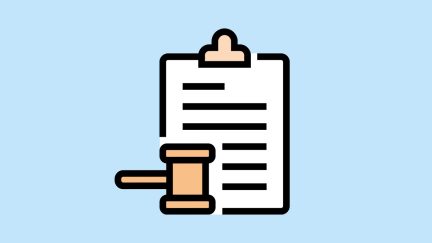Get more! Sign up for PLANSPONSOR newsletters.
Ensuring You Have a High-Quality Plan Audit
According to David M. Kot, partner at Wolf & Company in charge of the firm’s Employee Benefit Plan Sponsors Services Group, the DOL is investigating auditors to make sure they are performing quality audits. But, he noted, the department has no authority over auditors, it can only report them. Kot told attendees of the 2014 Plan Sponsor Council of America (PSCA) Annual Conference that plan sponsors have ultimate responsibility for making sure the audit is performed and is a high-quality audit. “A simple mistake and the DOL could say, ‘This is not a valid audit,’ and the Form 5500 is not complete, and the plan sponsor would be subject to lots of fines,” he said.
When selecting an auditor for their plans, Kot suggested that plan sponsors should ask about an auditor’s experience with performing retirement plan audits. He noted DOL statistics show there are 7,358 certified public accountant (CPA) firms performing audits, but only 83 audit more than 100 plans. In addition, plan sponsors should make sure their auditor is licensed in the plan sponsor’s state and should look for an auditor that is a member of the American Institute of Certified Public Accountants (AICPA) Employee Benefit Plan Audit Quality Center.
When an auditor asks about a plan sponsor’s process, a response of “I don’t know, my provider handles that,” should not be an acceptable answer to the auditor, Kot said. He or she should then ask the plan sponsor if it has reviewed the provider’s Statement on Standards for Attestation Engagements (SSAE) No. 16, Reporting on Controls at a Service Organization. Auditors should ask to see the SSAE 16s, as well as loan contracts, automatic enrollment proof, hardship and loan requests, among other documentation, he added.
Kot and Ira Finn, manager of Global Benefits at Heidrick and Struggles, shared best practices for plan sponsors during the audit process:
- Be responsive to requests, obtain extensions when needed, and negotiate the scope of overly broad requests;
- Involve Employee Retirement Income Security Act (ERISA) counsel and consultants;
- Review findings to identify problems; and
- Be proactive to negotiate appropriate resolutions to audit findings.
According to Finn, the definition of eligible compensation, and failure to use the proper definition of compensation for calculating benefits or testing, comes up in every audit. For example, it may be discovered that a deferral was not taken from a bonus paid to an employee after he or she terminated. Another issue is the timely remittance of employee contributions to the plan. Finn warned that if a plan sponsor sets a precedent of depositing contributions the day after payroll and, in one instance, a subsidiary is closed for a week and makes a deposit five days later, that can trigger a question by the DOL.
Kot added that audits often find participants with more than the number of loans the plan allows. Plan sponsors should also monitor vesting provisions.
Mistakes are commonly found when plan sponsors issue checks manually to participants, Finn said. If a reversal is made, plan sponsors should make sure the money went back into the right accounts. Also, when a distribution is made and part of the participant’s balance is forfeited, should the forfeited amount be moved to a forfeiture account? Finn added that plan sponsors should make sure they are tracking hours for eligibility correctly, and it is good to show that plan or investment committee members have had fiduciary training.
Finn and Kot said many problems arise from plan sponsors not understanding or knowing provisions of their plan documents. Kot added, “It’s all about having a process and making sure the process is followed. The auditor should be able to understand how the process works.”
Plan sponsors do not have to wait for the annual plan audit to make sure their plans are alright. Kot recommended having the auditor do a review at least quarterly. He also said, even if the plan is not big enough for an audit to be required, it is still a good idea to do one. “If there are any findings, you have the opportunity to correct or comment about them, which is good if the DOL comes calling.”
Finn agreed it is better for a plan sponsor’s auditor to find an error than for a participant or the DOL to find it.
You Might Also Like:
DOL Eyes Amicus Filing While States, Industry Back Lockheed Martin in PRT Case
Northrup Grumman Wins Dismissal in 401(k) Forfeiture Complaint
Employee Benefits Complaint vs. Johnson & Johnson Dismissed for Second Time
« Senators Introduce Closed DB Nondiscrimination Legislation


